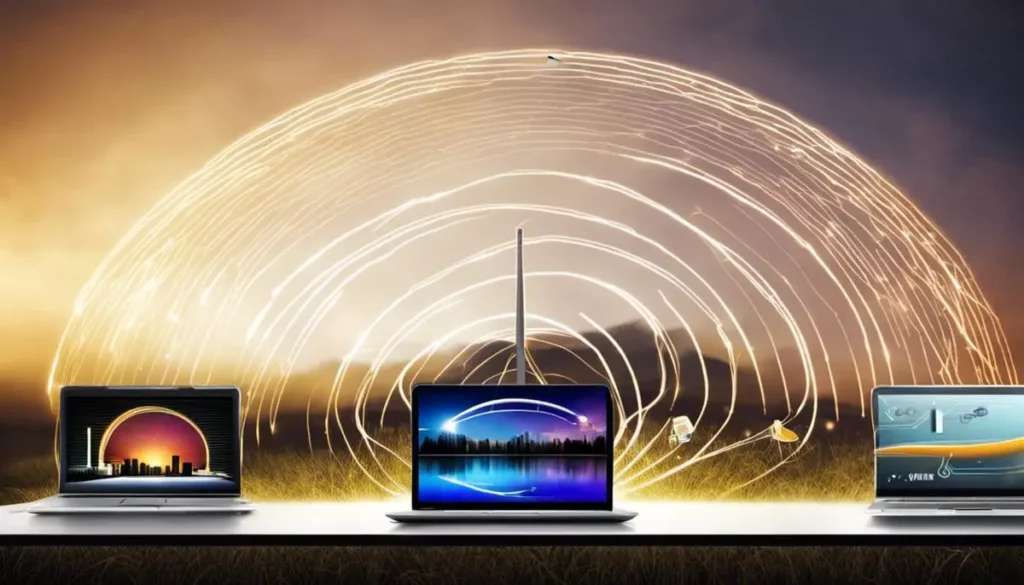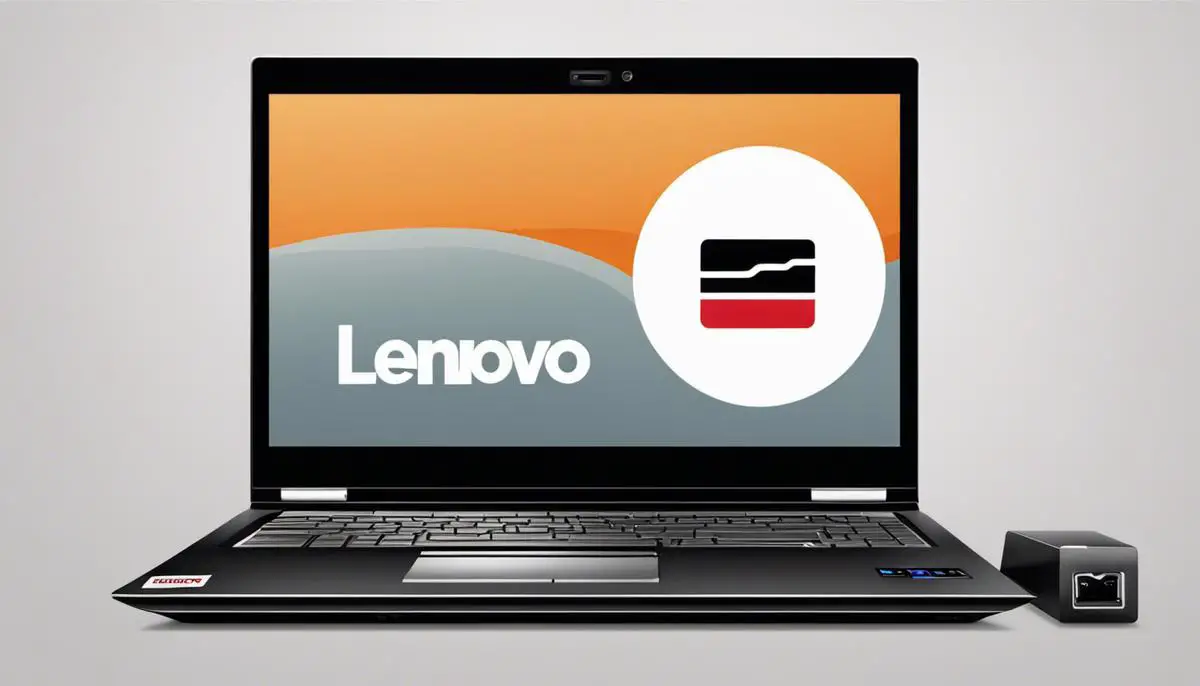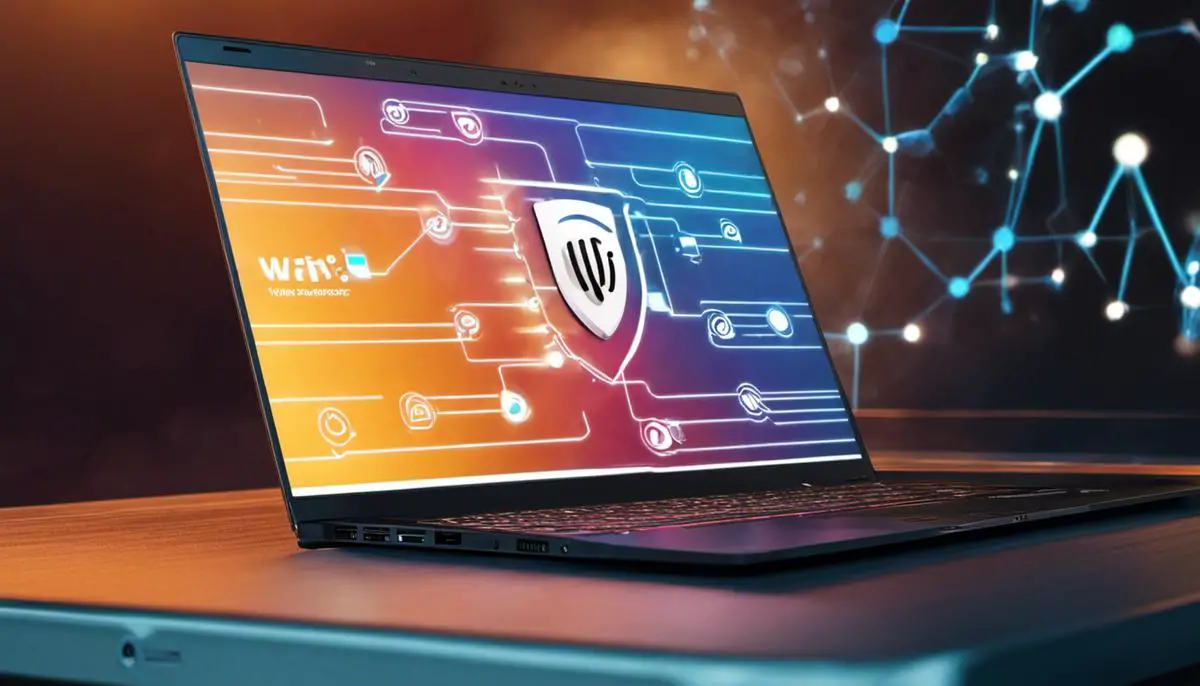Are you tired of your Lenovo laptop constantly losing its WiFi connection? This common issue can disrupt productivity and enjoyment, leaving many users frustrated and seeking quick fixes. The primary question this blog post addresses is: “How can I stop my Lenovo laptop from frequently disconnecting from WiFi?”
Here’s a direct and actionable answer:
- Update Drivers: Ensure your wireless network drivers are up-to-date.
- Check Power Management Settings: Disable settings that allow the computer to turn off the device to save power.
- Adjust Router Settings: Change the WiFi channel to reduce interference.
We’ll provide a detailed guide on these solutions and more, helping you troubleshoot and resolve the issue effectively. Continue reading for an in-depth exploration of each step, ensuring a stable and reliable internet connection on your Lenovo laptop.
- Understanding the Root Causes
- Step-by-Step Guide to Troubleshooting
- Advanced Solutions for Persistent Problems
- Real-Life Examples and Testimonials
- Understanding WiFi Connections
- Summary
Understanding the Root Causes
Before jumping into the solutions, it’s essential to understand why your Lenovo laptop might be experiencing frequent WiFi disconnections. Several factors could be at play, both hardware and software-related.
Hardware Issues
One common cause of WiFi disconnections is a faulty network adapter. Over time, hardware components can wear out or become damaged, leading to intermittent connectivity issues.
Additionally, interference from other electronic devices can disrupt your WiFi signal, particularly if you’re using the 2.4 GHz frequency band.
Software Issues
On the software side, outdated or corrupt network drivers can cause your WiFi to drop frequently. Power management settings designed to save energy can also turn off your WiFi card, resulting in disconnections.
Lastly, incorrect network settings or IP conflicts can interfere with your laptop’s ability to maintain a stable connection.
Step-by-Step Guide to Troubleshooting
Now that we have a grasp on the potential causes, let’s walk through a step-by-step guide to diagnose and fix the issue.
Step 1: Update Your Network Drivers
Outdated or corrupt drivers are a common culprit behind WiFi disconnections. Updating your network drivers can often resolve the problem.
- Open the Device Manager on your Lenovo laptop.
- Locate the network adapters section, right-click on your WiFi adapter, and select “Update driver.”
- Follow the prompts to search for and install the latest driver updates.
Step 2: Adjust Power Management Settings
Sometimes, your laptop’s power management settings can disable your WiFi to save battery life.
- Open the Device Manager and find your WiFi adapter.
- Right-click and select “Properties,” then go to the “Power Management” tab.
- Uncheck the option that allows the computer to turn off the device to save power.
Step 3: Reset and Reconfigure Your Router
Issues with your router can also lead to frequent disconnections.
- Restart your router by unplugging it for 30 seconds and then plugging it back in.
- Ensure your router firmware is up-to-date by visiting the manufacturer’s website.
- Reconfigure your wireless settings, opting for the 5 GHz band if possible to reduce interference.

Also Read: How To Secure Your Home WiFi Network
Advanced Solutions for Persistent Problems
If the basic troubleshooting steps didn’t resolve your WiFi issues, it’s time to explore some advanced solutions.
Solution 1: Change Your WiFi Channel
Routers typically broadcast on one of several channels, and interference can occur if too many devices are on the same channel.
- Access your router’s settings through its IP address in your web browser.
- Change the WiFi channel to a less crowded one (channels 1, 6, and 11 are generally recommended).
Solution 2: Use a WiFi Extender
If your WiFi signal is weak, a WiFi extender can help by boosting the signal strength.
- Purchase a WiFi extender and follow the manufacturer’s instructions for installation.
- Place the extender halfway between your router and your Lenovo laptop for optimal performance.
Solution 3: Replace Your Network Adapter
If your network adapter is faulty, consider replacing it with a new one.
- Purchase a compatible network adapter for your Lenovo laptop.
- Install the new adapter by following the manufacturer’s installation guide.
How To Upgrade Your Laptop’s WiFi Card | Get Faster Speeds
Real-Life Examples and Testimonials
Hearing from other Lenovo users who have faced and resolved similar issues can be reassuring. Here are some real-life examples and testimonials:
Jenna from California encountered frequent WiFi drops during her Zoom meetings. After updating her network drivers and adjusting the power management settings, she now enjoys a stable connection with no interruptions.
Tom in New York found that changing his WiFi channel significantly improved his connection stability. By switching to channel 11, he reduced interference from neighboring networks.
Sarah from Texas opted for a WiFi extender and found that her internet speed and connectivity improved dramatically. She placed the extender in her home office, and her Lenovo laptop now maintains a strong connection throughout the day. How To Use Public WiFi Safely | Advice

Understanding WiFi Connections
A WiFi connection allows devices like your Lenovo laptop to connect to the internet wirelessly. The working mechanism of WiFi involves a wireless router, which broadcasts signals that your laptop’s WiFi card can pick up and convert into an internet connection.
WiFi Protocols
Over the years, different versions of WiFi, also known as protocols, have been developed. The most commonly used ones for laptops include 802.11n, 802.11ac, and the newest one, 802.11ax (also known as WiFi 6).
802.11n Protocol (WiFi 4)
The 802.11n protocol, known as WiFi 4, can operate on both 2.4 GHz and 5 GHz bands. It offers speeds up to 600 Mbps.
802.11ac Protocol (WiFi 5)
The 802.11ac protocol, or WiFi 5, is faster, reaching up to 1,300 Mbps on the 5 GHz band.
802.11ax Protocol (WiFi 6)
The latest standard, WiFi 6, operates on both 2.4 GHz and 5 GHz frequencies, and it can achieve speeds up to 10 Gbps.
Frequency Bands
The 2.4 GHz band is widely used and can penetrate walls and other obstacles better than the 5 GHz band. However, it’s more susceptible to interference from other devices. The 5 GHz band is faster and less likely to suffer from interference, but it has a shorter range.
Data Transmission and Reception
Your Lenovo laptop’s WiFi card uses these frequency bands to send and receive data. When you want to load a webpage, for example, the laptop sends a request to the router. The router then retrieves the data from the internet and sends it back to the laptop through the frequency bands.
The WiFi card on your laptop converts these signals into internet access. It does this by turning the radio signal it receives into data your laptop can use and then converting data from your laptop into a radio signal that it can send back to the router.
Identifying the Problem
One of the initial steps in troubleshooting WiFi disconnection issues on Lenovo laptops is accurately identifying the problem. Several symptoms could indicate that you’re experiencing this specific issue. Common signs include regular loss of internet connectivity, unstable connection represented by frequent changes in WiFi signal bars, or your WiFi automatically turning off.
Resolving WiFi Disconnection Issues
If your Lenovo laptop’s WiFi keeps disconnecting, it could be due to interference with the signal, a problem with the laptop’s WiFi card, or issues with the router.
To handle these issues, you may have to reset or reconfigure your WiFi router, update your laptop’s WiFi card drivers, or adjust your laptop’s power settings to prevent it from turning off the WiFi card to save energy.
By understanding how WiFi works, you can better troubleshoot connectivity issues and get your Lenovo laptop back online quickly.
Lenovo’s WiFi Infrastructure
Understanding Lenovo Laptop’s Hardware and Software Interface with WiFi Connections
Lenovo laptops are equipped with integrated hardware in the form of a Network Interface Card (NIC) used for WiFi connectivity. This hardware is a combined package of a transceiver, antenna, and an ethernet port, which communicates with software drivers for WiFi connectivity.
The functionality of the Lenovo laptop’s WiFi relies on the network adapter, a piece of hardware installed on the motherboard. When fully functional, it communicates with both WiFi and wired networks.
On the software side, Lenovo uses the Windows Operating System, which has built-in wireless network adapter drivers that work in sync with the hardware to establish a WiFi connection. These software drivers are responsible for instructing the hardware on when and how to connect to wireless networks.
Possible Causes of WiFi Disconnections
Several hardware and software issues could cause Lenovo’s WiFi disconnections. Hardware-wise, a faulty or outdated network adapter can lead to periodic WiFi drops. In some cases, power management settings that are designed to save energy can disable the network adapter, causing the WiFi to disconnect.
From a software perspective, outdated or corrupt network adapter drivers can not perform correctly resulting in WiFi disconnections. Network settings such as incorrect IP settings or conflicts with other devices can also cause connectivity issues.
Lenovo’s Built-in WiFi Troubleshooting Functions
Lenovo laptops come with an array of built-in troubleshooting functions. A useful tool is the Windows Network Troubleshooter, which can be accessed from the taskbar. This tool detects and attempts to fix network connectivity issues.
Using Device Manager, you can investigate if the Network Adapter is working correctly. If the adapter is marked with a yellow exclamation point, it’s indicative of a problem. You can attempt to resolve this issue by updating the driver.
Next, in the Power Management settings, you can disable the option “Allow the computer to turn off this device to save power”, which prevents the hardware from automatically disconnecting WiFi to save energy.
Third-Party Software Solutions
In addition to Lenovo’s in-build troubleshooting functions, third-party applications can also help diagnose and resolve WiFi connectivity issues. Applications such as Driver Easy can automatically detect and update outdated or missing drivers, solving many disconnection problems.
Network analysis tools like Wireshark can provide in-depth network statistics and identify potential WiFi conflicts. Lastly, Internet repair tools like Complete Internet Repair can aid in resetting the IP and clearing the DNS which can also resolve disconnection issues.
Remember, before trying any third-party software, ensure it comes from a safe and trustworthy source to prevent any potential malware threats.

Summary
In summary, the frequent WiFi disconnections on Lenovo laptops are likely due to hardware issues such as problems with the WiFi card or router, or software issues such as outdated drivers, incompatible software, or incorrect settings.
By following this guide, users can systematically check their WiFi card and router, update WiFi card drivers, check for incompatible software, and adjust WiFi settings to rectify the issue. Preventive measures such as regular updates, proper device handling, and the use of reliable antivirus software can help minimize the risk of future disconnections.

J.S. is the owner, content creator, and editor at Upgrades-and-Options.com. I’ve worked in the IT and Computer Support field for over 20 years. The server hardware in my computer labs has mostly been IBM, but I’ve supported Dell, HP, and various other hardware. In addition, as part of my lab administrator responsibilities, I’ve learned, supported, and repaired/upgraded network hardware such as Cisco routers and switches. READ FULL BIO >>
- You’re Using Your Macbook Wrong: Optimizing User Experience
- Workstation Laptop vs Gaming Laptop
- Windows Laptop Mastery: The Definitive Guide
- Windows 7 on a Lenovo W500 Thinkpad
- Why Is My Computer So Slow? Ways to Fix It Now!
- What’s Better For Multitasking, More RAM Or A Bigger SSD?
- What Not To Do With Your Laptop | 11 Tips
- What Is The Most Popular Laptop Size?


